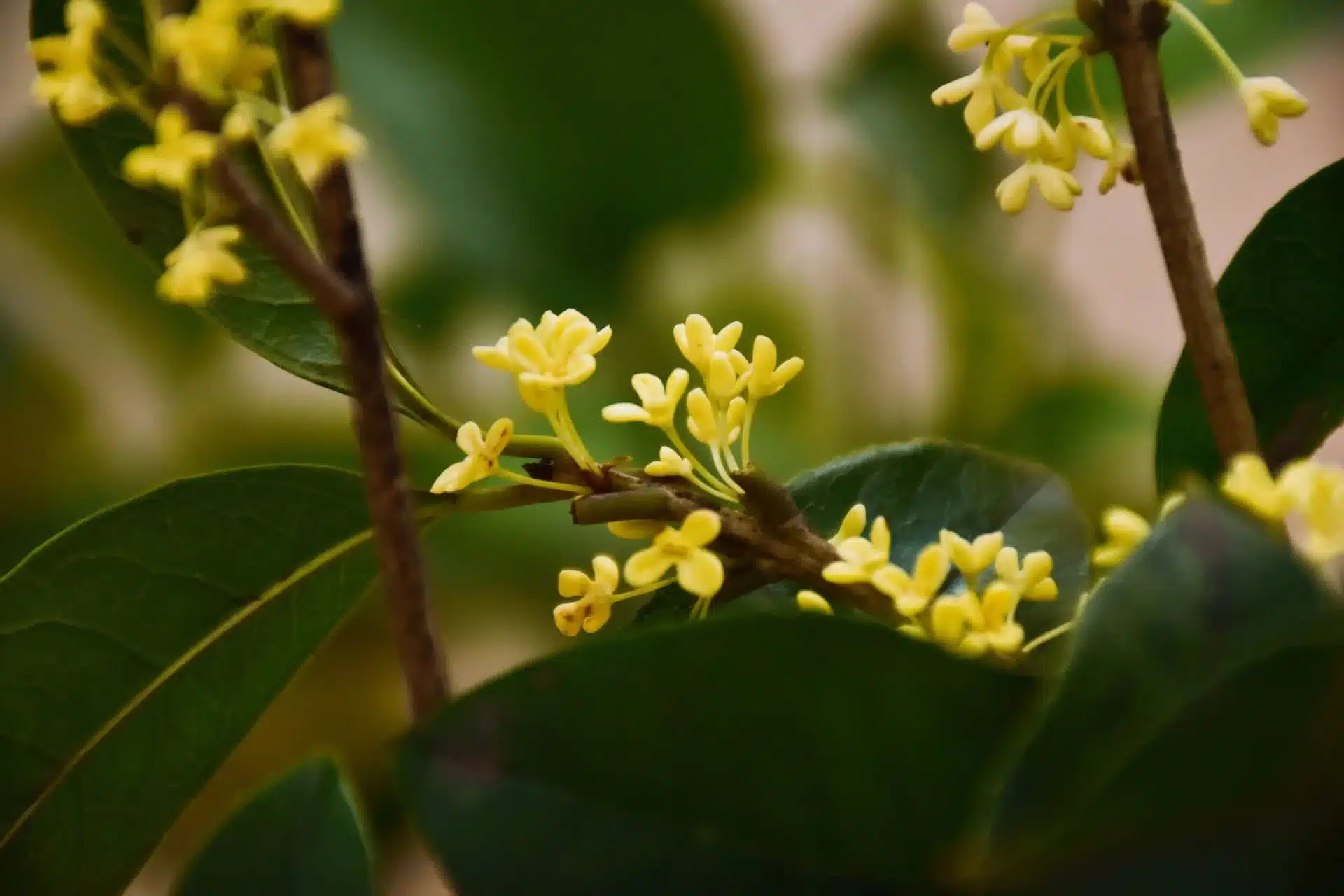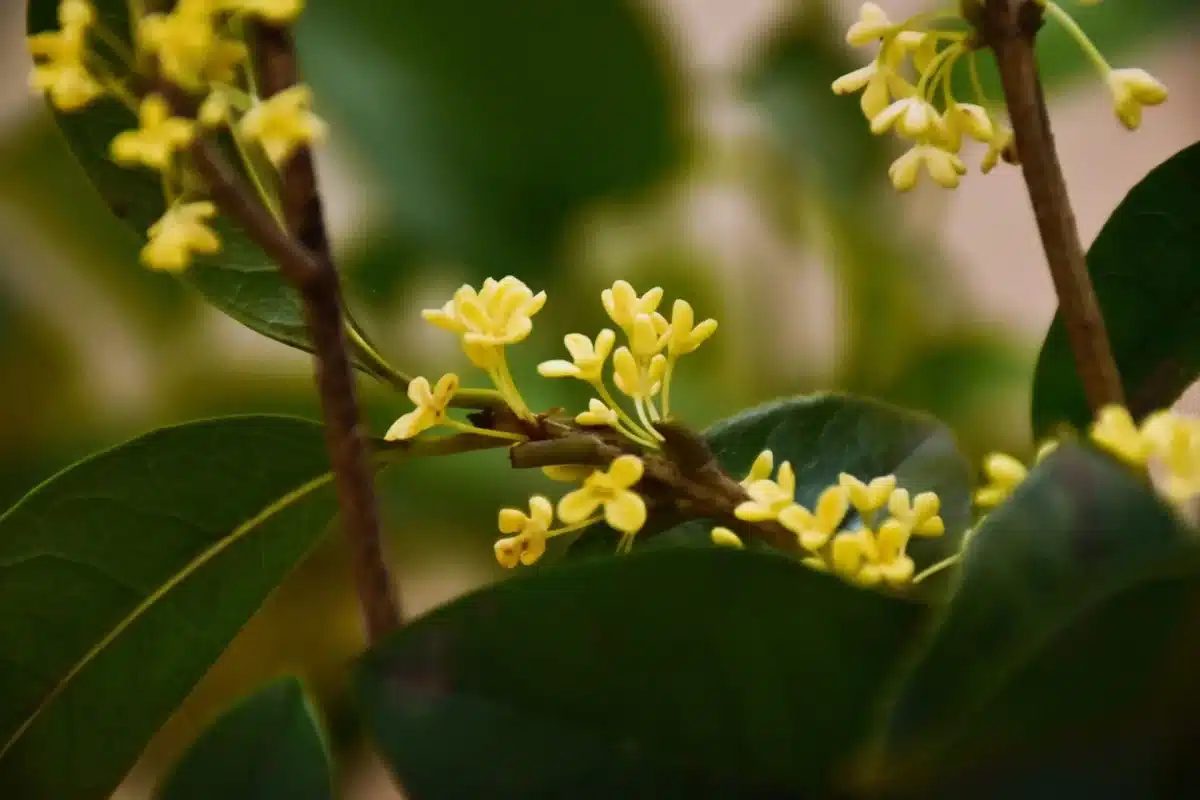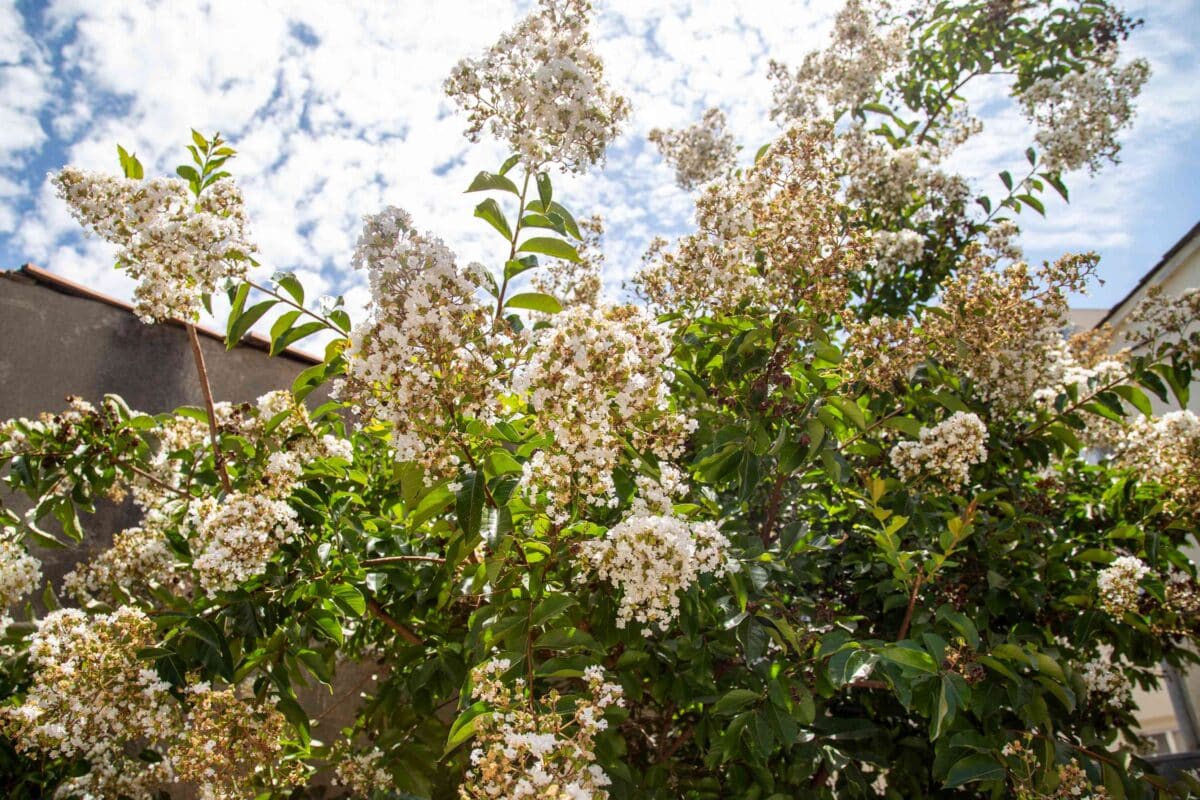What can I do with osmanthus flowers?

Osmanthus flowers, renowned for their delicate aroma and vibrant color, offer a myriad of possibilities for culinary, aromatic, and decorative applications. From infusing teas to creating fragrant desserts, osmanthus flowers are celebrated for their versatility and ability to enhance a wide range of dishes and beverages. Let’s delve into the various ways in which osmanthus flowers can be utilized to tantalize the senses and elevate culinary creations.
Osmanthus-Infused Tea: One of the most popular uses of osmanthus flowers is in the creation of aromatic teas. Osmanthus-infused tea, known for its sweet, floral fragrance and subtle flavor, is a beloved beverage in many Asian cultures. To make osmanthus tea, simply steep a handful of dried osmanthus flowers in hot water for a few minutes, allowing the delicate aroma and flavor to permeate the infusion. Osmanthus tea can be enjoyed hot or cold, providing a refreshing and soothing beverage for any time of day.
Osmanthus-Flavored Desserts: Osmanthus flowers lend their enchanting aroma and flavor to a variety of desserts, adding a touch of elegance and sophistication to sweet treats. From osmanthus-infused cakes and pastries to osmanthus-flavored jellies and puddings, the possibilities are endless. The delicate floral notes of osmanthus complement a wide range of ingredients, including fruits, nuts, and chocolates, creating delectable desserts that are as visually stunning as they are delicious.
Osmanthus-Infused Syrups and Sauces: Osmanthus flowers can be used to create flavorful syrups and sauces that add depth and complexity to culinary creations. Osmanthus syrup, made by simmering osmanthus flowers with sugar and water, can be drizzled over pancakes, waffles, or ice cream for a delightful floral twist. Similarly, osmanthus sauce, infused with soy sauce, vinegar, and spices, adds a subtle floral note to savory dishes such as stir-fries, marinades, and dipping sauces, balancing out the flavors and enhancing the overall dining experience.
Osmanthus-Flavored Beverages: In addition to tea, osmanthus flowers can be used to flavor a variety of beverages, from cocktails and mocktails to infused waters and sparkling sodas. Osmanthus-infused cocktails, featuring ingredients like gin, vodka, or champagne, offer a sophisticated and aromatic twist on classic drinks, perfect for special occasions and gatherings. For a non-alcoholic option, osmanthus-infused sparkling water or lemonade provides a refreshing and uplifting beverage that can be enjoyed year-round.
Osmanthus-Infused Oils and Vinegars: Osmanthus flowers can be used to infuse oils and vinegars with their distinctive aroma and flavor, adding a gourmet touch to dressings, marinades, and dipping sauces. Osmanthus-infused olive oil, with its delicate floral notes, enhances the flavor of salads, pasta dishes, and grilled vegetables, elevating simple ingredients to new heights. Similarly, osmanthus-infused vinegar, made by steeping osmanthus flowers in white or rice vinegar, lends a subtle sweetness and floral aroma to dressings, pickles, and marinades, creating a harmonious balance of flavors.
Osmanthus-Flavored Confections: Osmanthus flowers can be used to create a variety of confections and sweet treats, including candies, jellies, and syrups. Osmanthus-flavored candies, made by combining osmanthus syrup with sugar and gelatin, offer a delightful burst of floral flavor that melts in the mouth. Similarly, osmanthus jelly, infused with osmanthus tea and agar-agar, provides a light and refreshing dessert option that is perfect for warm weather. Osmanthus syrup can also be drizzled over fresh fruit or used as a topping for ice cream, yogurt, or pancakes, adding a touch of sweetness and floral elegance to any dish.
Osmanthus-Infused Skincare Products: In addition to culinary uses, osmanthus flowers are valued for their skincare benefits and aromatic properties. Osmanthus-infused oils and extracts are commonly used in skincare products such as lotions, creams, and massage oils, where they help to soothe and hydrate the skin while imparting a subtle floral fragrance. Osmanthus essential oil, prized for its calming and rejuvenating properties, is often used in aromatherapy and massage therapy to promote relaxation and emotional well-being.
Osmanthus-Decorated Pastries and Cakes: Osmanthus flowers can also be used as decorative accents for pastries, cakes, and other baked goods, adding a touch of natural beauty and elegance to desserts. Fresh osmanthus flowers can be used to garnish cakes, tarts, and cupcakes, creating visually stunning creations that are sure to impress. Dried osmanthus flowers can also be incorporated into floral arrangements or used to decorate table settings and special occasions, adding a touch of sophistication and charm to any event.
In conclusion, osmanthus flowers offer a wealth of possibilities for culinary, aromatic, and decorative applications. Whether used to infuse teas, flavor desserts, or enhance skincare products, osmanthus flowers add a delightful floral note and visual appeal to a wide range of creations. With their delicate aroma and vibrant color, osmanthus flowers captivate the senses and inspire creativity in the kitchen and beyond. Incorporating osmanthus flowers into your culinary repertoire opens up a world of possibilities for exploring new flavors, textures, and experiences, making every dish a true celebration of nature’s beauty and bounty.
FAQ:
1. Can I eat osmanthus flowers?
- Yes, osmanthus flowers are edible and commonly used in culinary applications such as teas, desserts, and infusions.
2. Where can I buy osmanthus flowers?
- Osmanthus flowers can be found in Asian grocery stores, specialty tea shops, and online retailers that specialize in herbs and botanicals.
3. How do I store osmanthus flowers?
- Dried osmanthus flowers should be stored in an airtight container in a cool, dry place away from direct sunlight to maintain their flavor and aroma.
4. What does osmanthus tea taste like?
- Osmanthus tea has a sweet, floral flavor with subtle fruity undertones, reminiscent of apricots or peaches.
5. Are there any health benefits to consuming osmanthus flowers?
- Osmanthus flowers are rich in antioxidants and may have anti-inflammatory properties. They are also believed to promote relaxation and emotional well-being.
6. Can I use osmanthus flowers in cooking?
- Yes, osmanthus flowers can be used to flavor a variety of dishes, including desserts, sauces, and beverages, adding a subtle floral aroma and flavor.
7. How do I make osmanthus-infused oil?
- To make osmanthus-infused oil, simply steep dried osmanthus flowers in a carrier oil such as olive oil or grapeseed oil for several weeks, then strain out the flowers.
8. Can osmanthus flowers be used in skincare products?
- Yes, osmanthus flowers are valued for their skincare benefits and aromatic properties and are commonly used in lotions, creams, and massage oils.
9. What is the best way to use osmanthus flowers in desserts?
- Osmanthus flowers can be used to flavor cakes, pastries, jellies, and syrups, adding a delicate floral note and visual appeal to desserts.
10. Are there any cultural or spiritual significance to osmanthus flowers?
- Yes, osmanthus flowers hold cultural and spiritual significance in many Asian cultures, symbolizing prosperity, happiness, and harmony, and often used in rituals and celebrations
Related Posts
Osmanthus flowers in teas and desserts?
-
Posted by
akshita aishwarya
- 1 comment
Osmanthus flowers vs. jasmine: Culinary uses?
-
Posted by
akshita aishwarya
- 1 comment
Osmanthus flowers in floral-scented dishes?
-
Posted by
akshita aishwarya
- 1 comment






One thought on “What can I do with osmanthus flowers?”